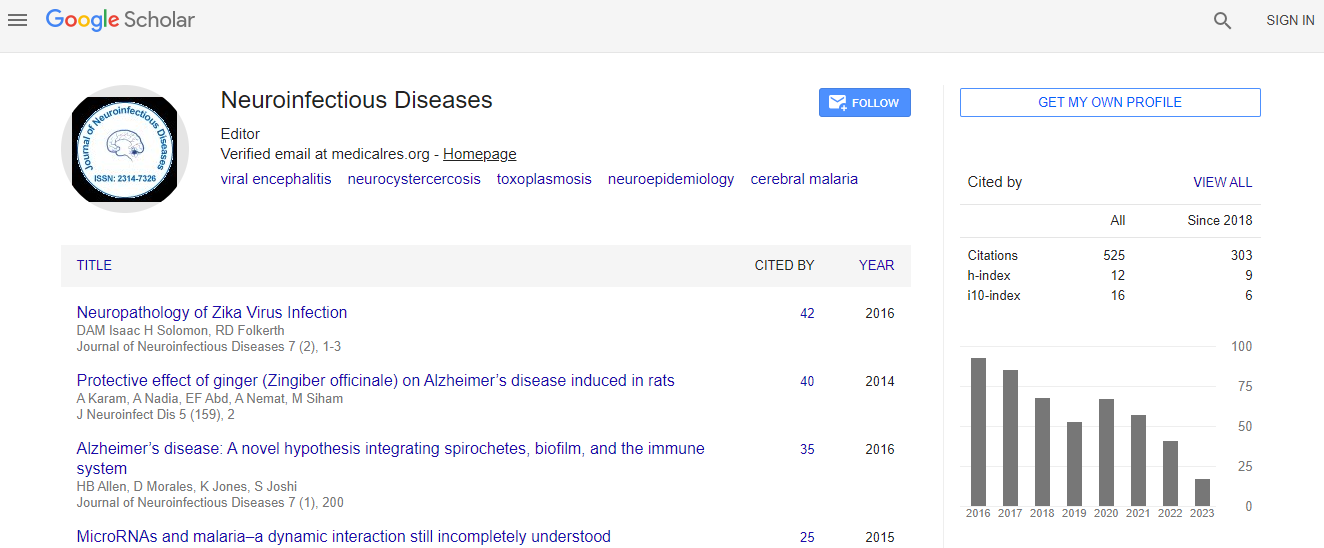Research Article
Predictors of Drug Induced Hepatotoxicity in Tuberculous Meningitis
Abstract
Background: There is paucity of studies on Drug Induced Hepatitis (DIH) following Anti-Tubercular Therapy (ATT) in the patients with Tuberculosis Meningitis (TBM). In this study, the frequency, spectrum and predictors of DIH in TBM have been reported.
Methods: 150 TBM patients without history of prior liver disease were prospectively included. The clinical details, laboratory findings and MRI changes were noted. Presence of seizure, antiepileptic drugs and CSF opening pressure were noted. The diagnosis of DIH was based on 3-5 fold rise in transaminase at least after 3 days of ATT whose baseline liver function was normal without apparent cause of liver dysfunction and >50% improvement in liver function on discontinuation of ATT. The predictors of DIH and its influence on death and outcome at 3, 6 and 9 months were assessed.
Results: The median age of the patients was 28.5years. 65 (43.3%) patients developed DIH after a median duration of 22 (3–210) days. After discontinuation of hepatotoxic ATT, the liver function normalized within a median of 13(3-90) days. DIH resulted in repeated interruption of treatment in 18 patients. DIH was related to seizures, raised intracranial pressure, enzyme inducing antiepileptic drugs, and low serum albumin. On multivariate analysis, serum albumin (OR 1.4 95% CI 1.30-13.26, P=0.02) and seizure (OR 1.65 95%CI 1.54-17.53, P=0.01) were independently associated with DIH. Death and functional outcome at 9months were not related to DIH.
Conclusion: DIH occurs in 43.3% patients with TBM and is related to hypoalbuminemia and seizure. Attention should be paid to manage under-nutrition and avoid enzyme inducing antiepileptic drugs.

 Spanish
Spanish  Chinese
Chinese  Russian
Russian  German
German  French
French  Japanese
Japanese  Portuguese
Portuguese  Hindi
Hindi 
